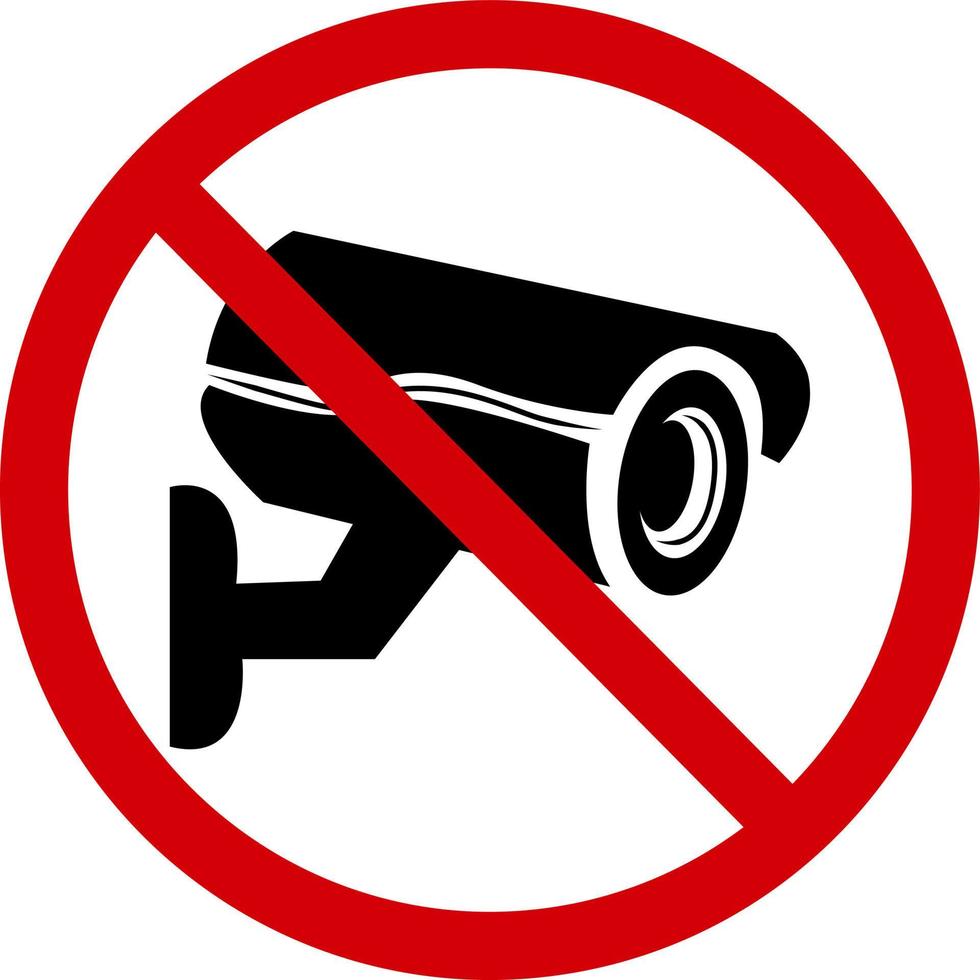

H.265 is not a royalty free standard like AV1, VP9, Theora, etc. It’s covered by proprietary patents held by groups like MPEG LA so in order for manufacturers to build hardware level support for it into their devices they have to pay whatever the then current royalty fees are to those patent holders.















VGA was originally a proprietary technology developed by IBM, though it was later built upon by VESA and is now publicly documented, so while it wasn’t developed by VESA as an open standard from the get-go, it is now considered an open standard that doesn’t require any licensing fees to implement. DVI was developed by the “Digital Display Working Group” and also does not require any licensing fees, though there are licensing terms you may have to abide by and there may be some costs associated with testing and validation to ensure you meet those terms and the spec.